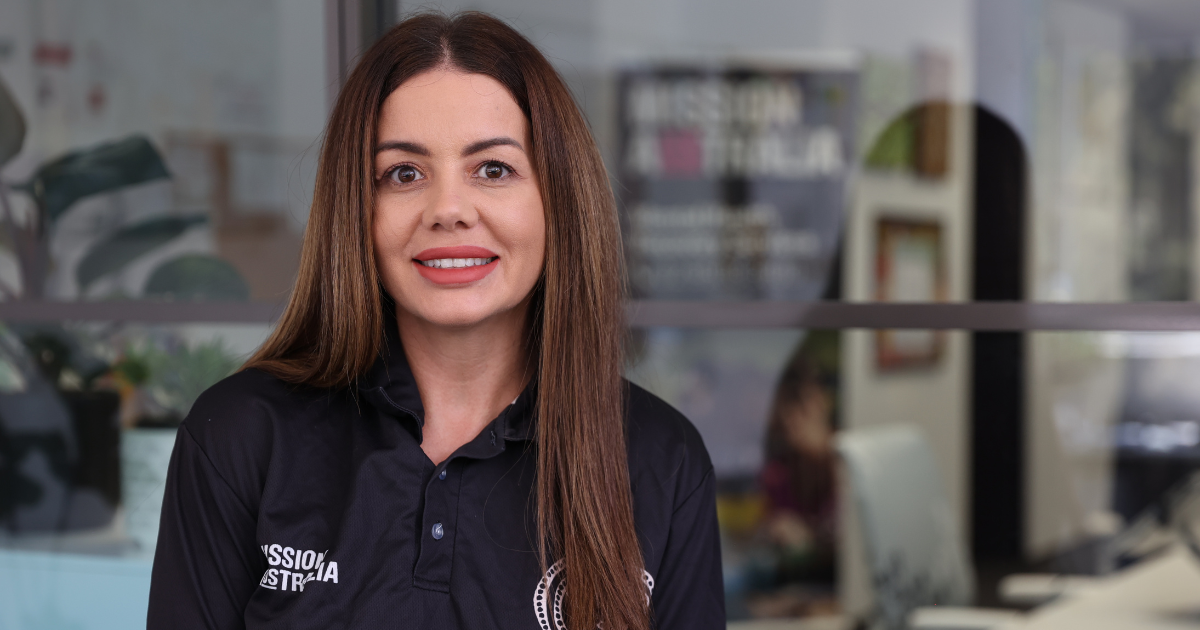Family violence is everyone’s business
- Details
Our Family and Domestic Violence Coordinated Response Team in Geraldton, funded by the Western Australian Government, works alongside local police authorities and child protection workers to help high-risk women and children who have reported incidents of domestic and family violence transition to safety.
Rebecca Patterson provides a Coordinated Response Service as part of the team, helping vulnerable women find safety.
Growing up in the Midwest Region, Rebecca says she was disheartened and shocked to learn the high rates of domestic and family violence in her community. Since completing a Diploma in Community Services, Youth Work and Counselling, she has been motivated to reach out and support the vulnerable members of her community.
Victims of domestic and family violence require support from all areas of the community – Family violence is everyone’s business, Rebecca
What is domestic and family violence and how does it impact women?
Domestic and family violence involves a range of physical, emotional, financial, verbal abuse and more. Read more about the types of domestic and family violence.

In Australia, domestic and family violence disproportionately affects women – 23% of women (2.3 million) and 7.3% of men (692,600) have experienced physical violence from a partner since the age of 15.1
“The obvious physical effects of family and domestic violence on women are physical injury and death,” says Rebecca. “But there are also other less obvious effects on a woman’s physical health including insomnia, chronic pain, physical exhaustion, and reproductive health problems.”
How does your team support vulnerable women?
When Rebecca and her team receive a report, they contact the woman through a home visit or phone call to help them develop a safety plan.
“Our approach is client-focused, helping women understand their rights and empowering them to exercise these rights,” explains Rebecca. “As service providers, we acknowledge the many ways in which women creatively and strategically resist the violence in an effort to escape, help them retain their dignity and support their desire to have a better life for themselves and their children.”
Rebecca recalls a memorable experience with a young woman named Heidi* who was experiencing domestic and family violence for a prolonged period.
Over time, Rebecca and her team earned Heidi’s trust.
“We provided material assistance such as food vouchers, hampers and a safe phone she could contact us on,” says Rebecca. “We had several conversations about healthy relationships and the cycle of violence. Gradually, I saw Heidi’s self-confidence improve.”
After a few months had passed, Heidi informed the Mission Australia team that she was no longer in a relationship with her abusive ex-partner, she had gained employment and had rekindled her relationship with her family.
“Heidi wanted to thank us for reaching out to her in her darkest moments. There were many hugs and tears that followed,” remembers Rebecca.
It is moments like these that make the job so rewarding.
Learn more about domestic violence in Australia and its effects on homelessness.
*Names have been changed to protect the identity of the people we help.
1 Australian Bureau of Statistics (2021-22) Personal safety, Australia
Related news and stories
Read about what we’ve been working on, our stance on important social issues and how you make a difference to vulnerable Australians' lives.
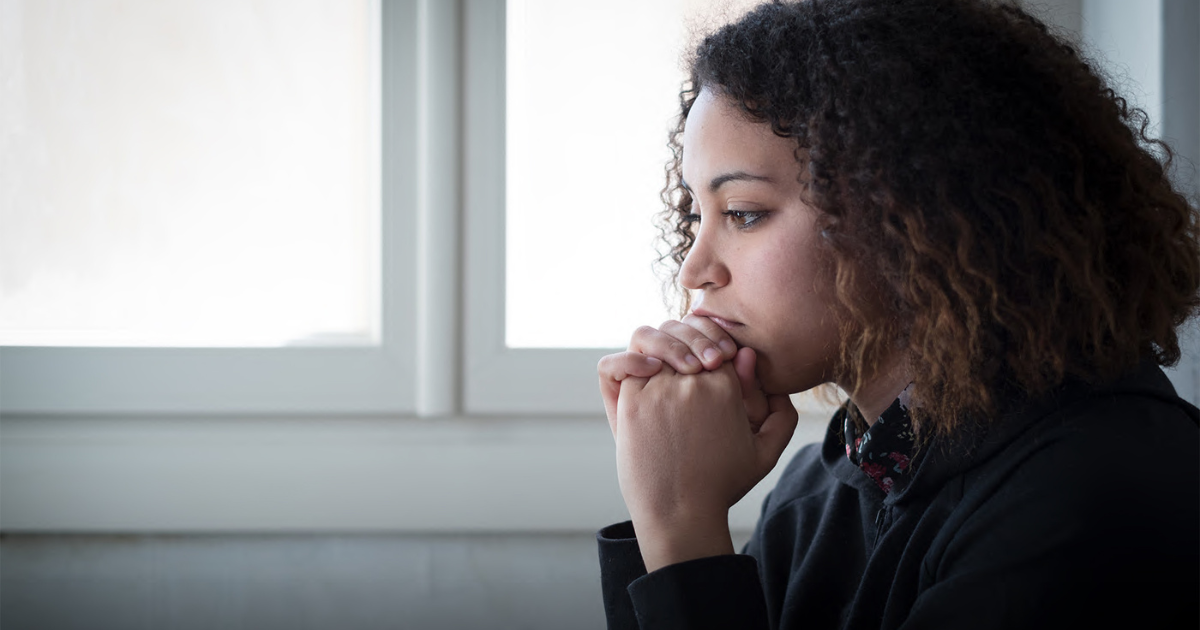
Three priorities at the 2025 Federal Election
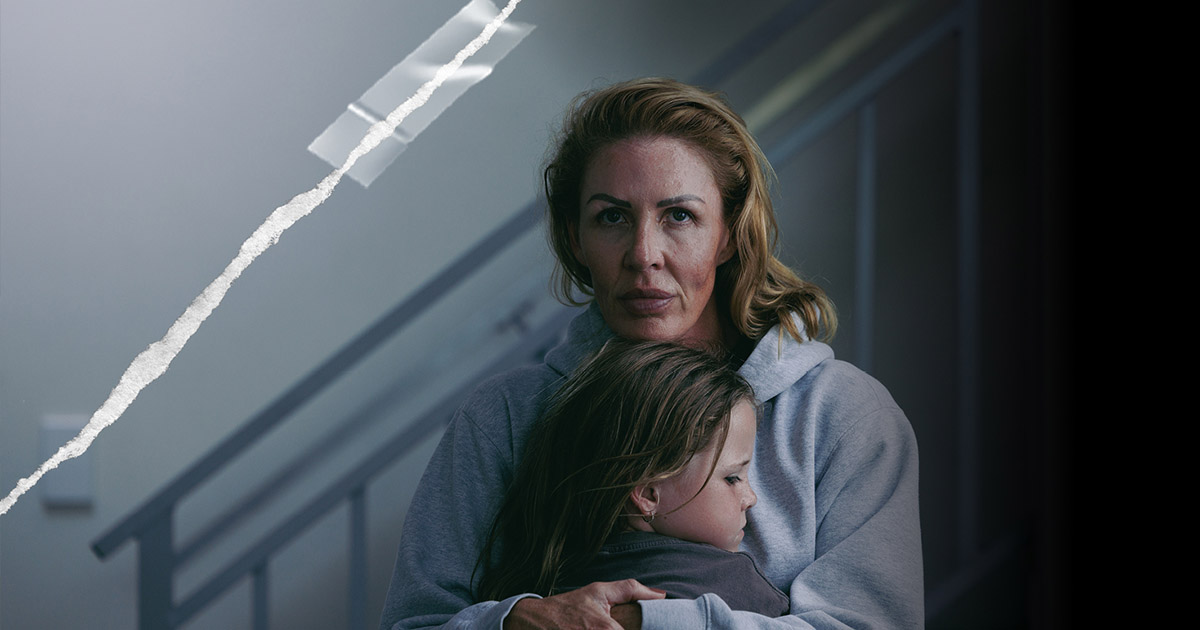
From fear to freedom: Cass’ story

Women helping women: Karla’s story
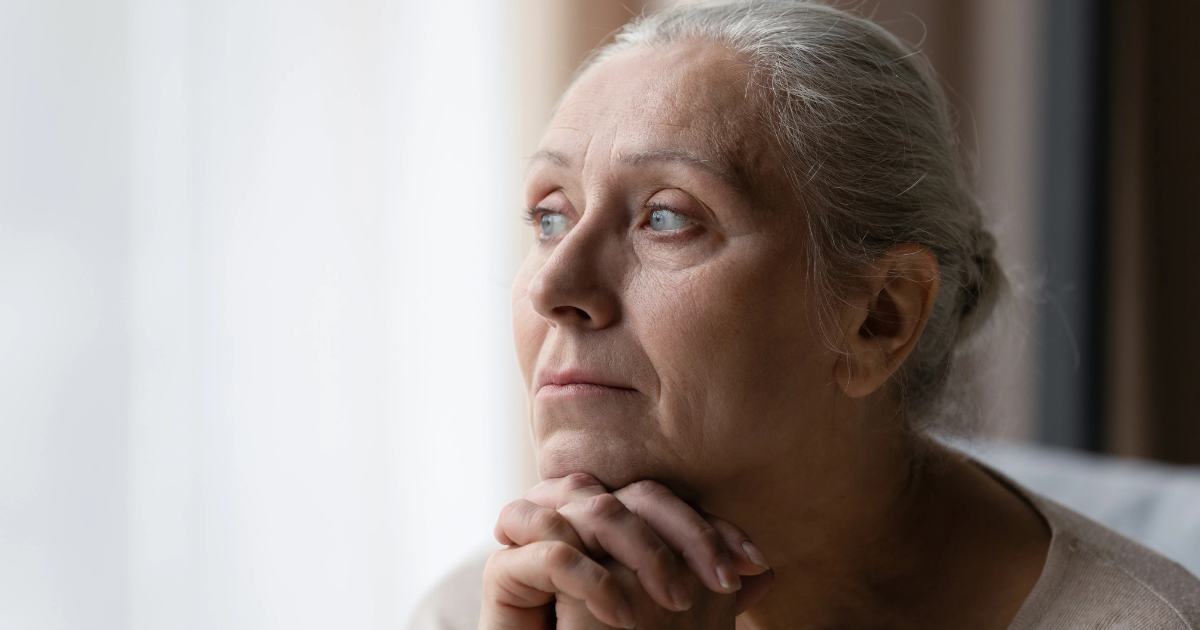
Helping older women find safe homes
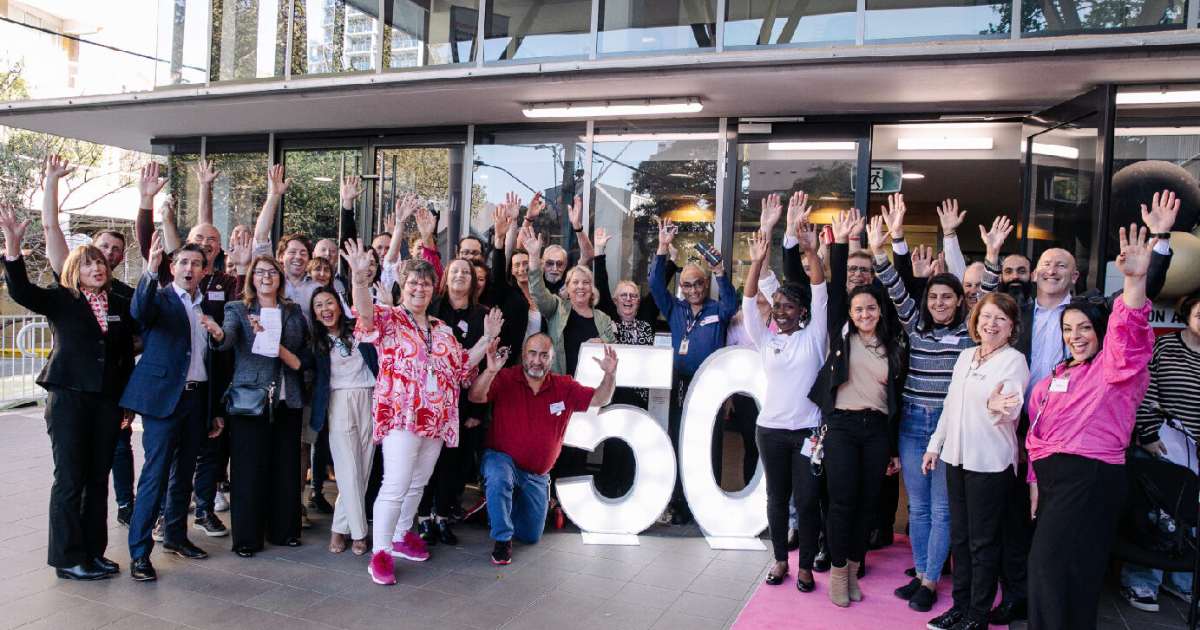
Celebrating 50 years of helping people in Surry Hills
